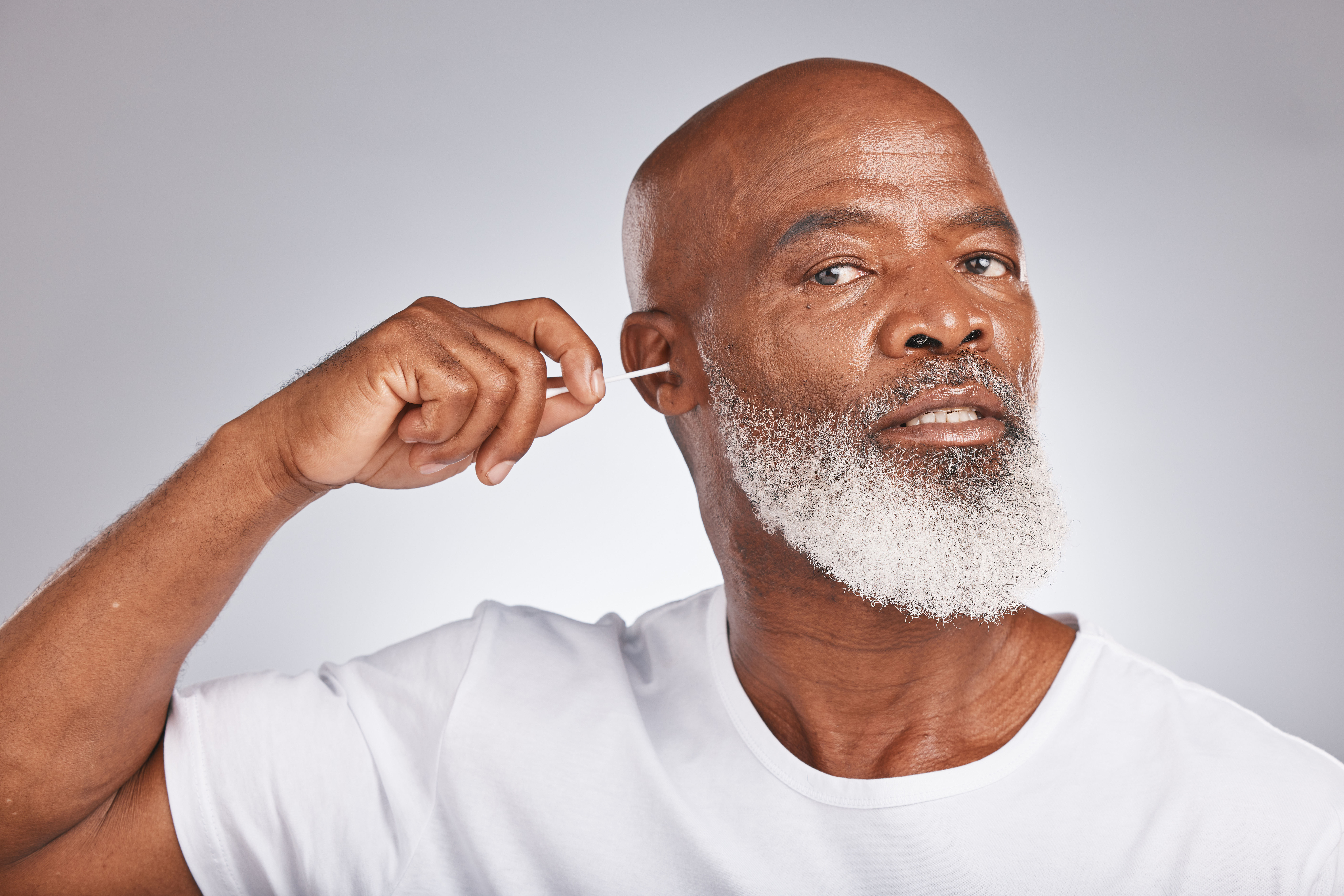10 Unexpected Causes of Everyday Ear Pain You Should Know About
3. Impacted Earwax

Impacted earwax is a common yet often unexpected cause of ear pain. Earwax, or cerumen, is a natural substance produced by glands in the ear canal. It serves to protect the ear from dust, debris, and microorganisms. However, when earwax builds up and becomes impacted, it can cause discomfort and pain. This is because the buildup can put pressure on the ear canal and even lead to temporary hearing loss. Regular cleaning of the ears can help prevent earwax impaction. However, it's important to avoid using cotton swabs or other objects, as these can push the wax further into the ear canal and exacerbate the problem. Instead, gentle methods such as using ear drops, warm water, or seeking professional ear cleaning services are recommended. If earwax impaction is suspected, it's advisable to consult a healthcare provider for proper evaluation and treatment. In some cases, professional removal may be necessary to safely and effectively clear the blockage. By addressing impacted earwax, individuals can alleviate ear pain and improve their hearing and ear health.
4. Barotrauma

Barotrauma is an ear condition that occurs when there is a sudden change in air pressure, such as during air travel, scuba diving, or ascending a mountain. These pressure changes can affect the Eustachian tube's ability to equalize pressure between the middle ear and the external environment, leading to discomfort and pain. Barotrauma is often characterized by a feeling of fullness or pressure in the ear, and in severe cases, it can cause damage to the ear structures. To prevent barotrauma, it's important to take precautions during activities that involve significant pressure changes. This can include chewing gum, yawning, or swallowing during air travel to help open the Eustachian tube and equalize pressure. For divers, ascending slowly and using techniques such as the Valsalva maneuver can help alleviate pressure changes. If barotrauma occurs, treatment typically involves decongestants or nasal sprays to reduce inflammation and open the Eustachian tube. In more severe cases, medical intervention may be necessary to repair any damage to the ear structures. By understanding and addressing barotrauma, individuals can prevent ear pain and protect their ear health during activities involving pressure changes.
